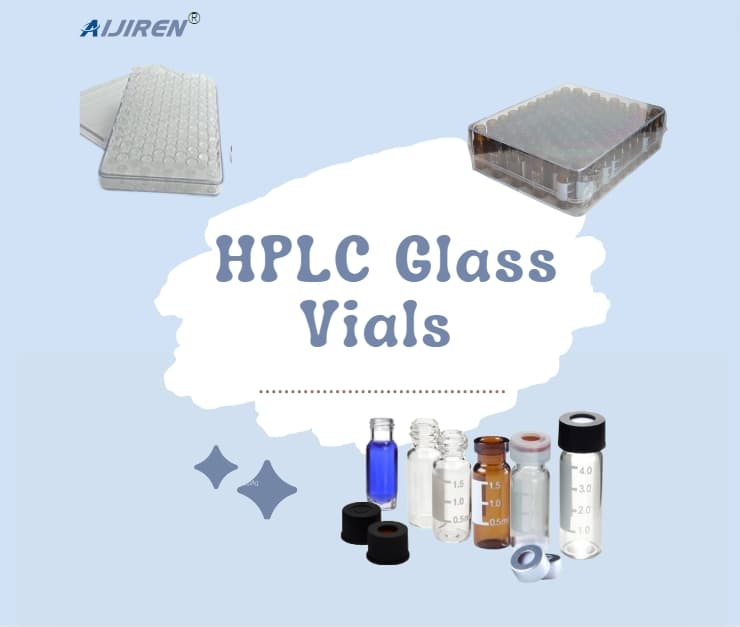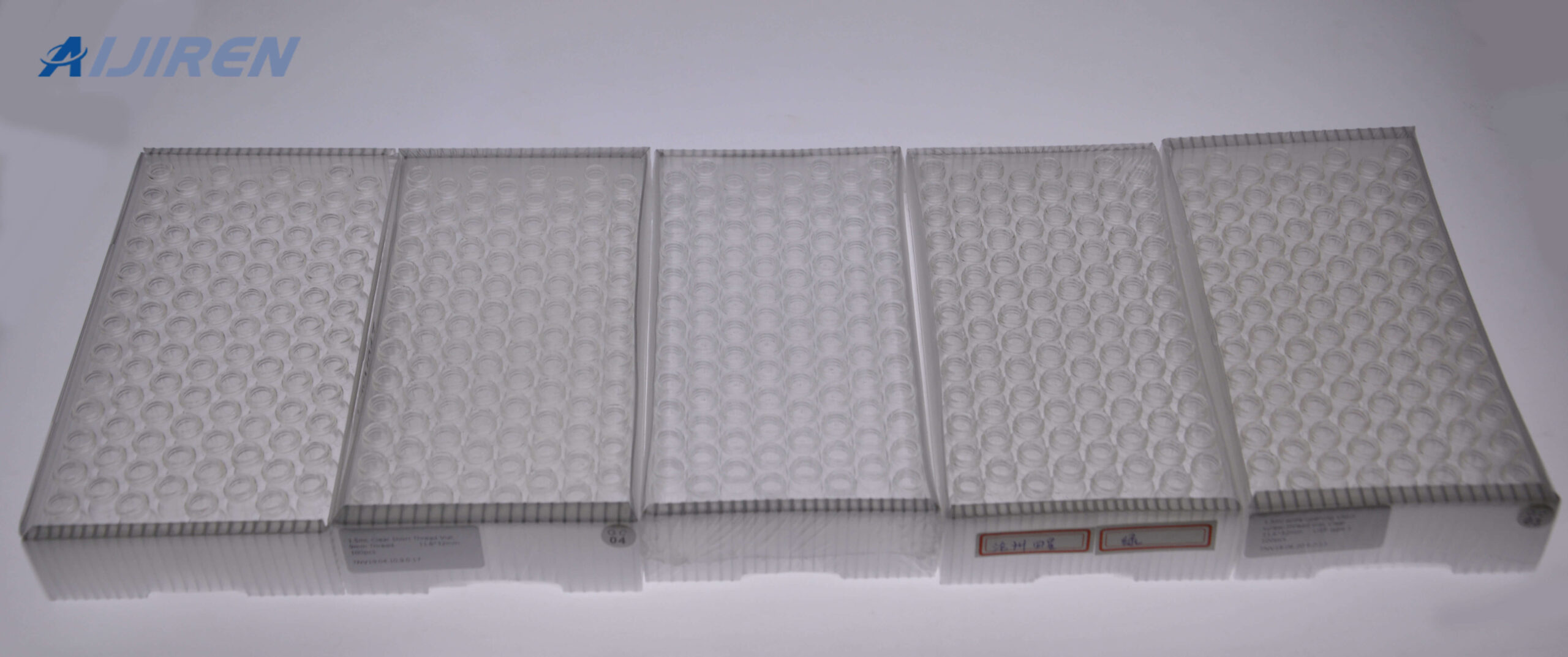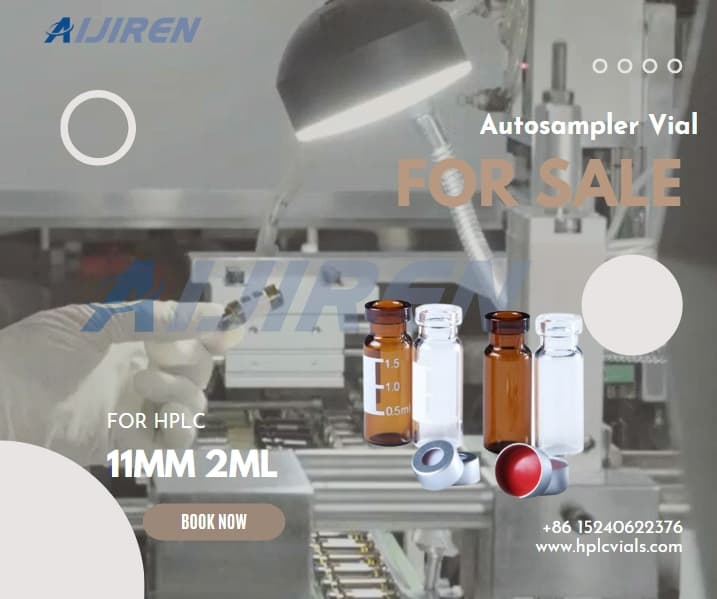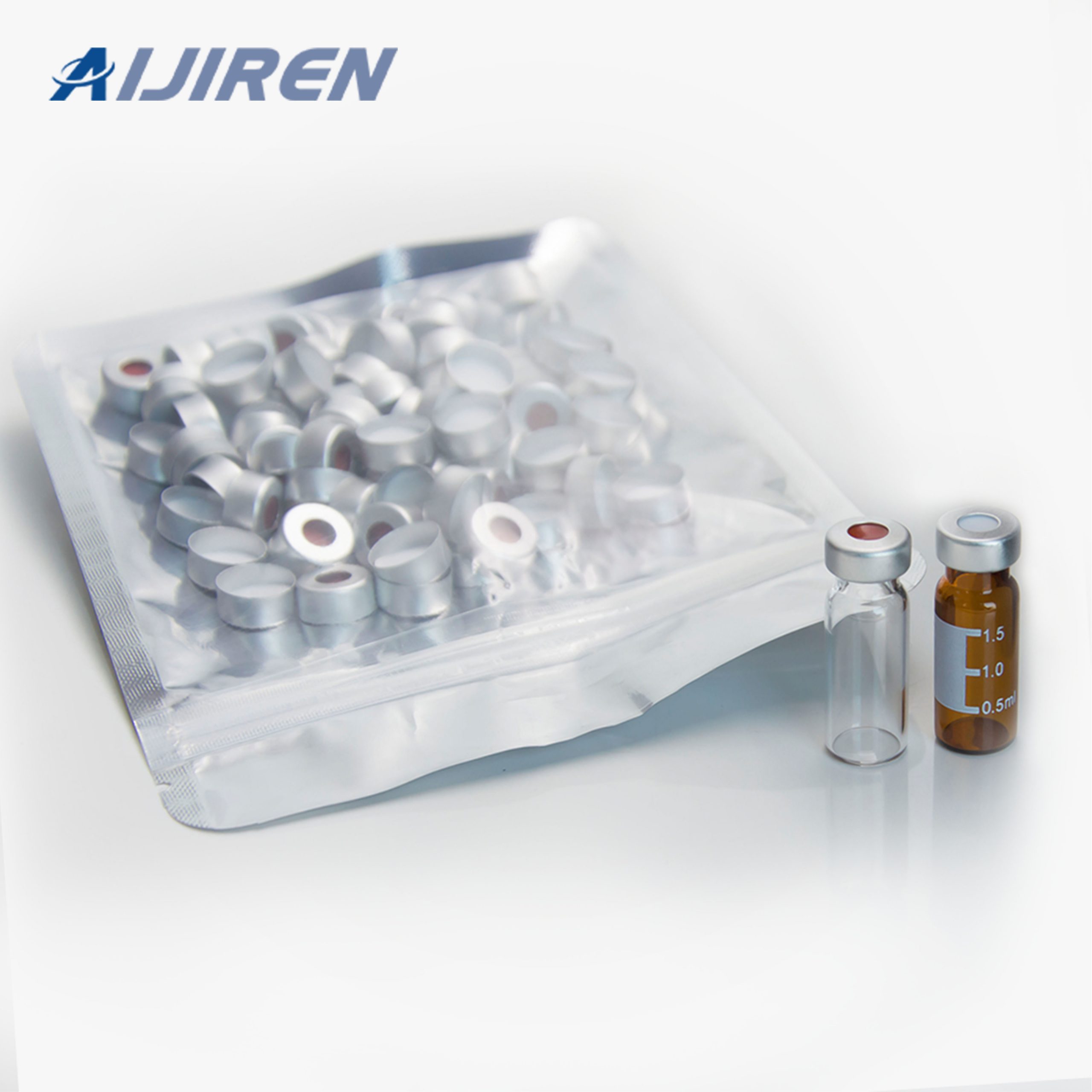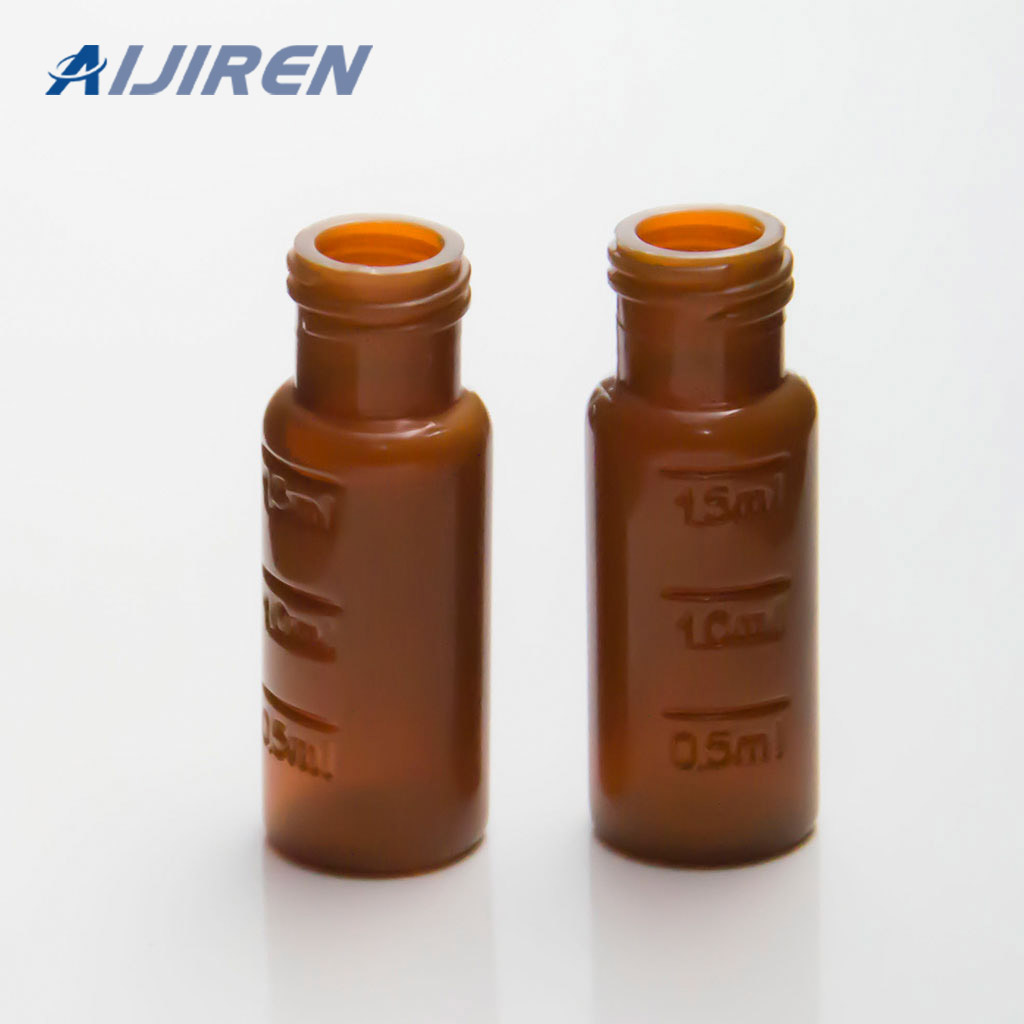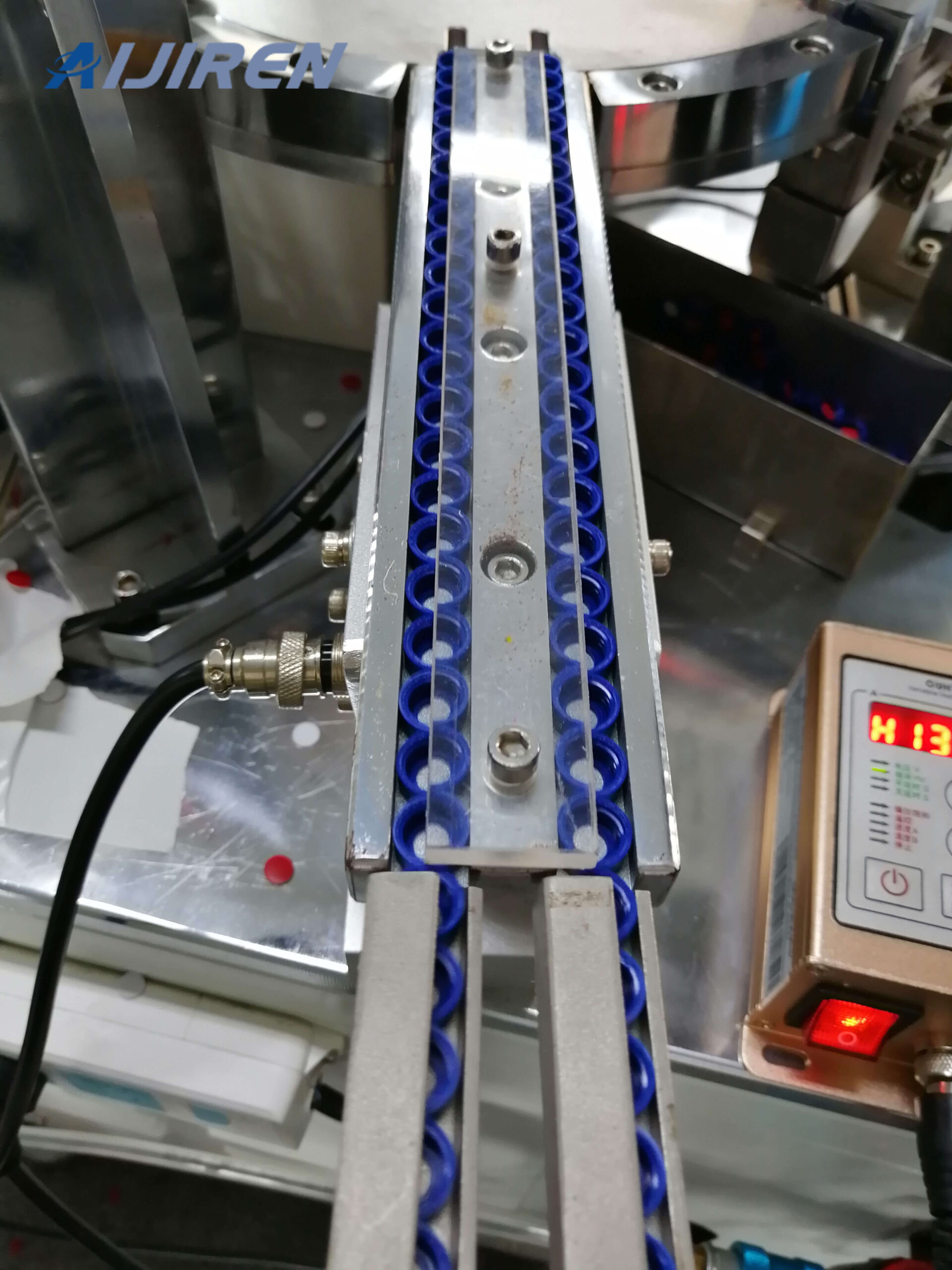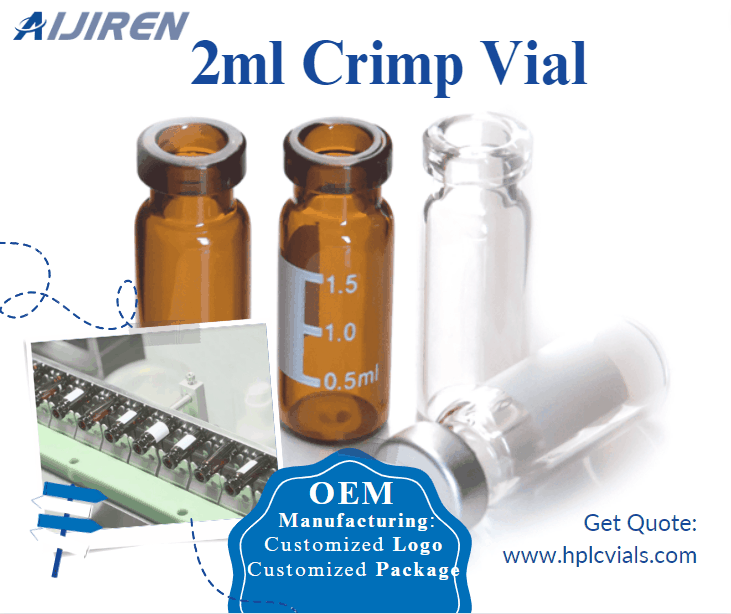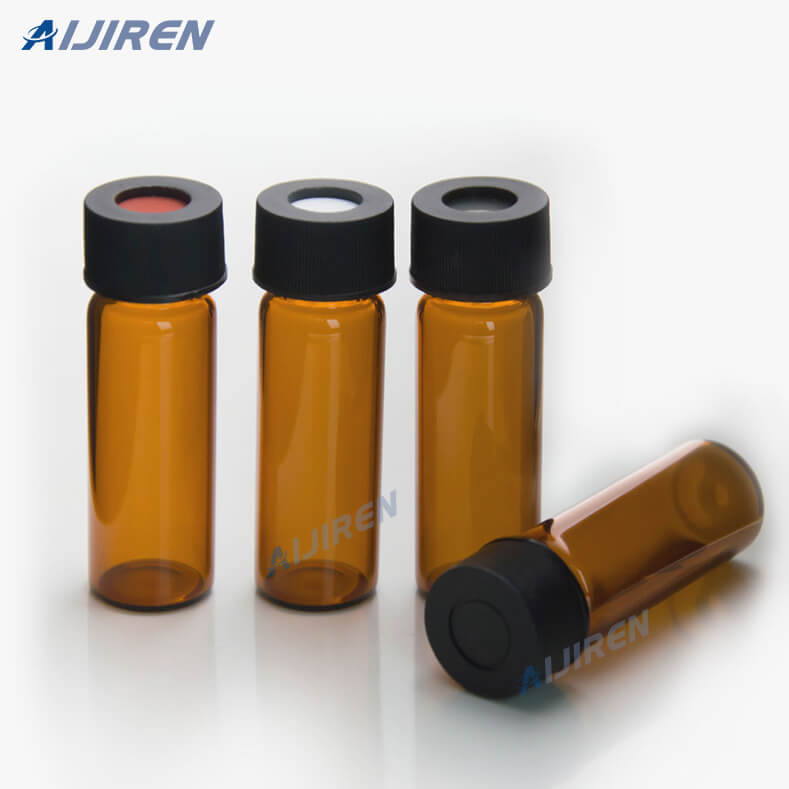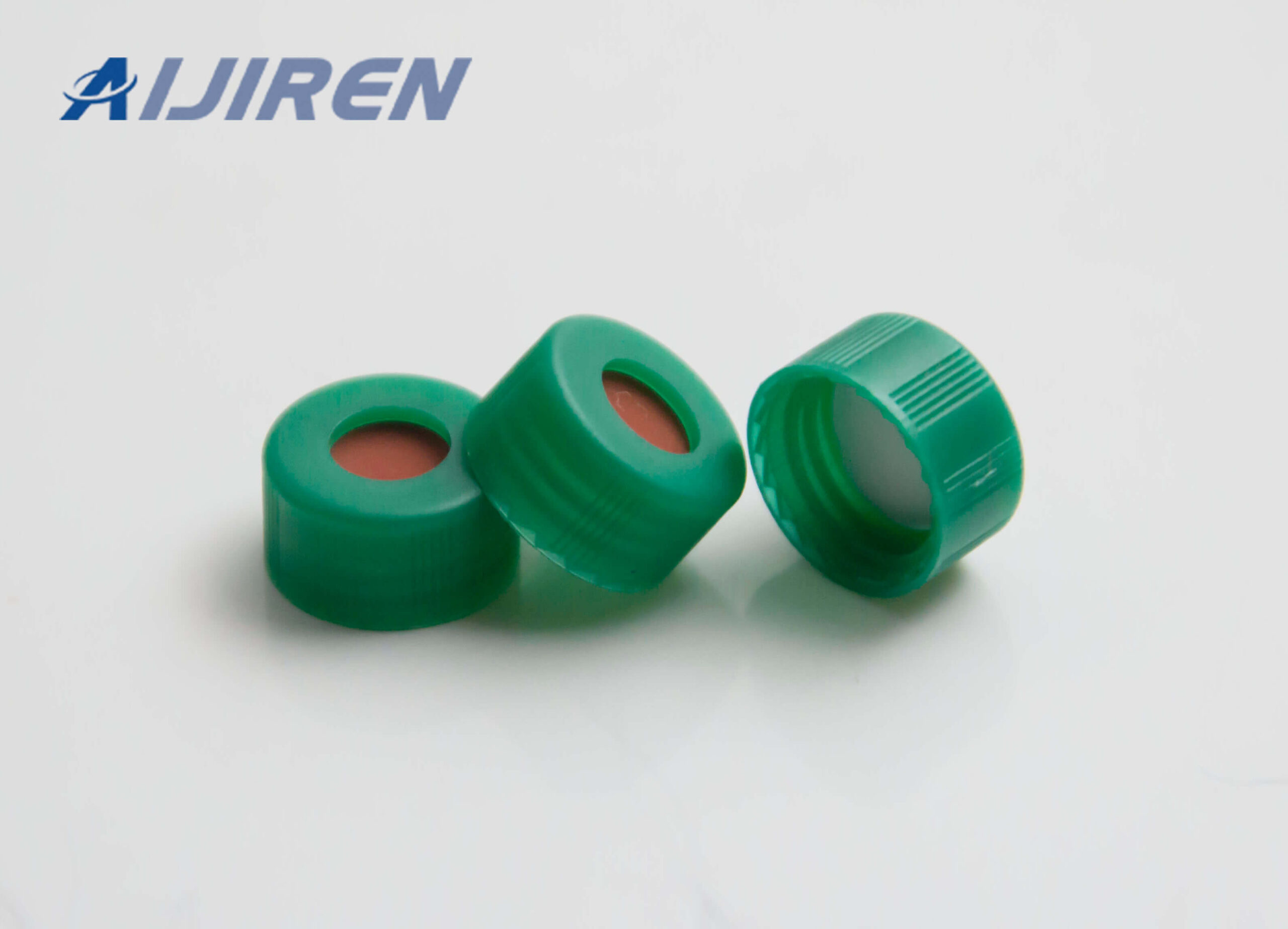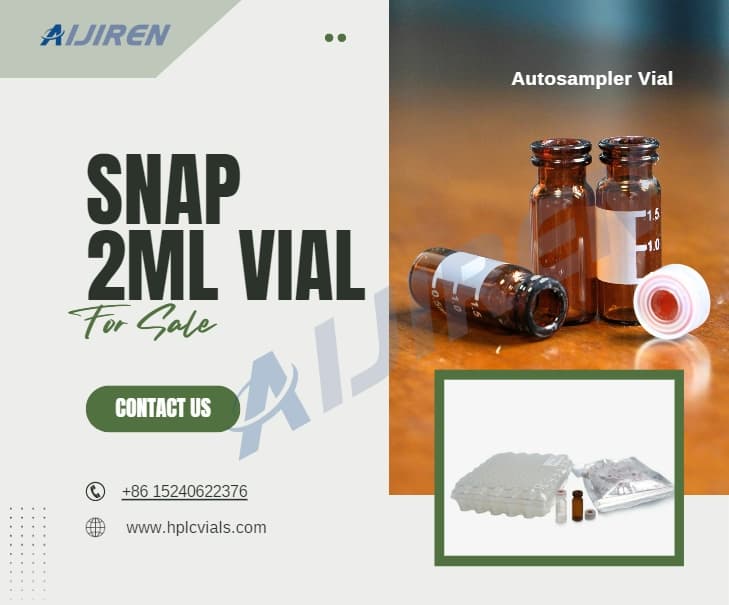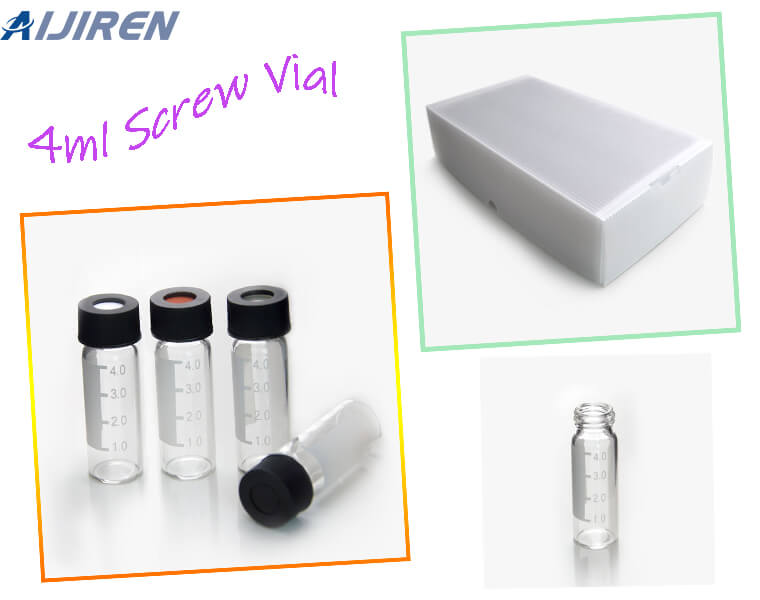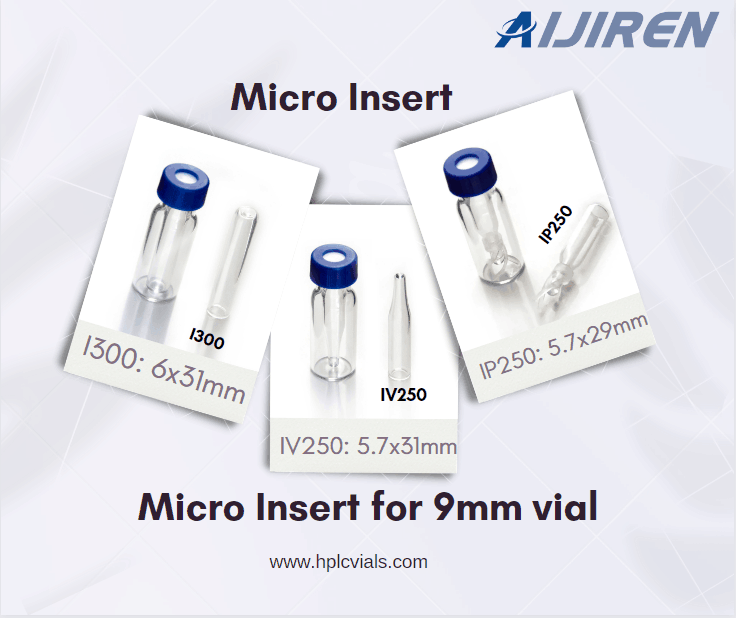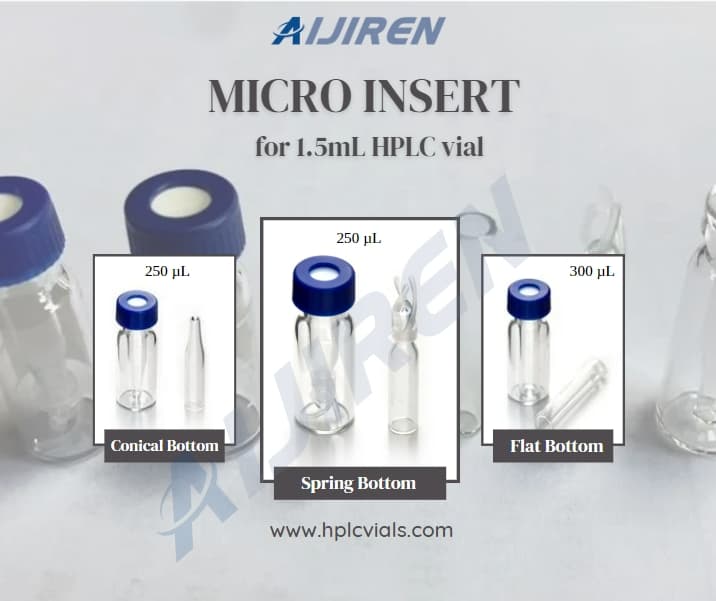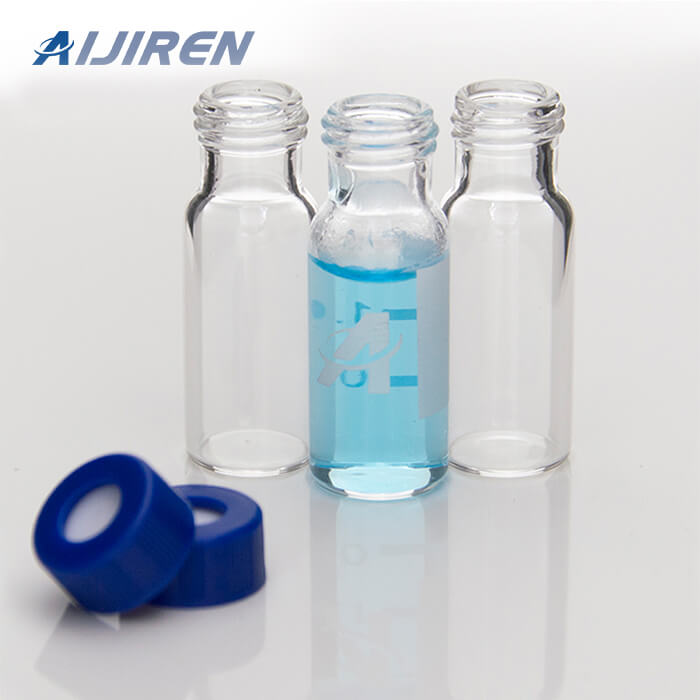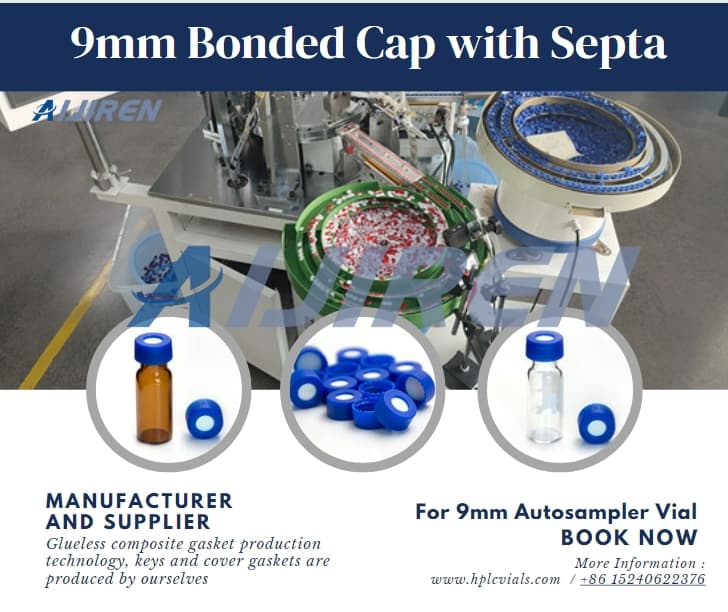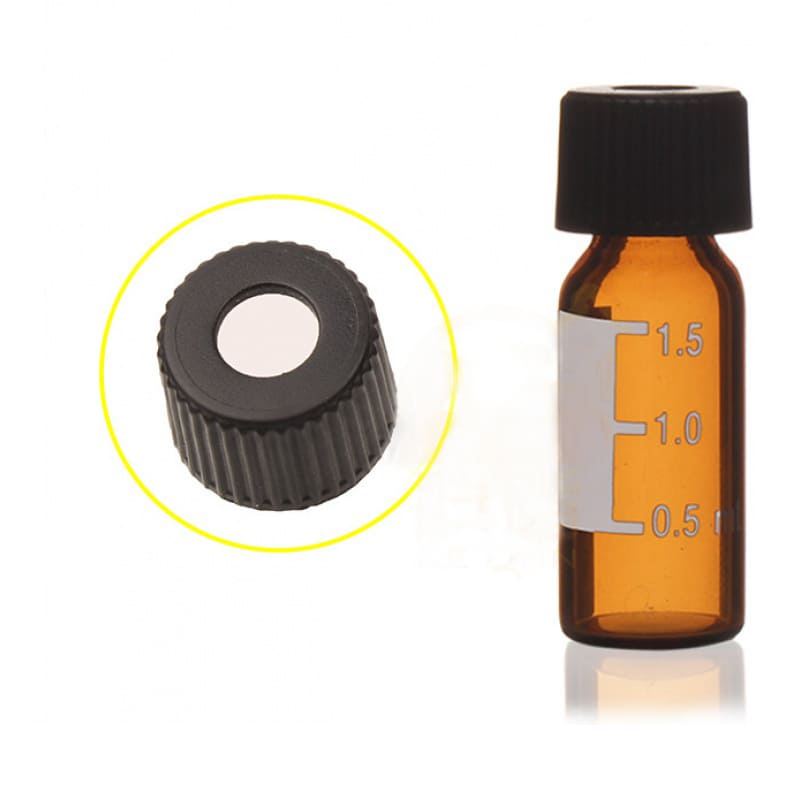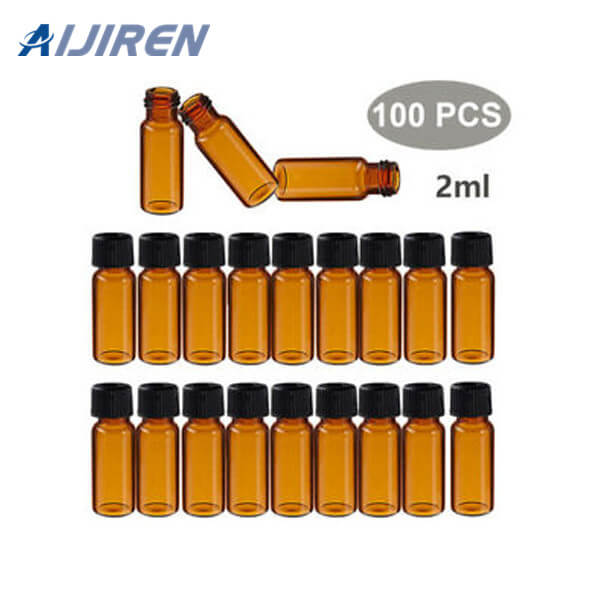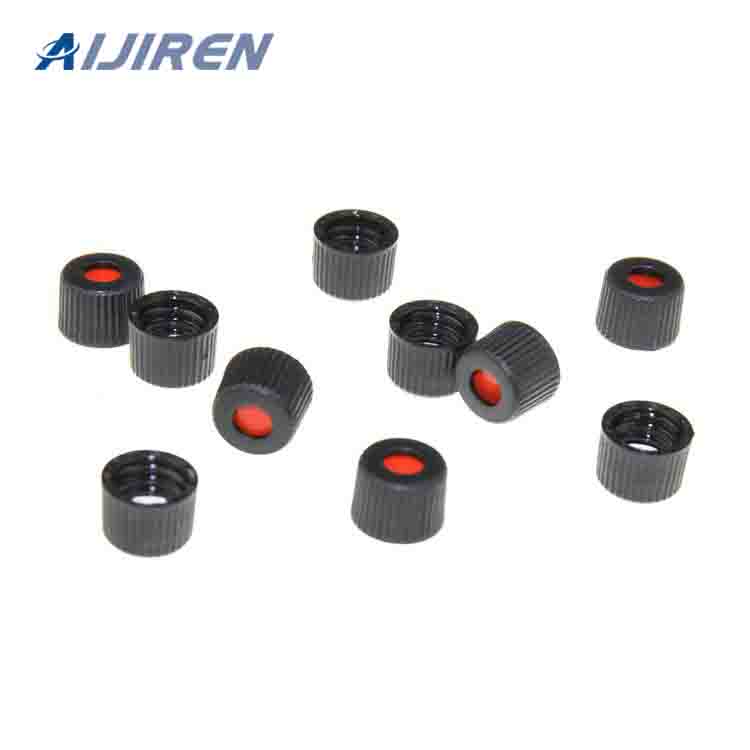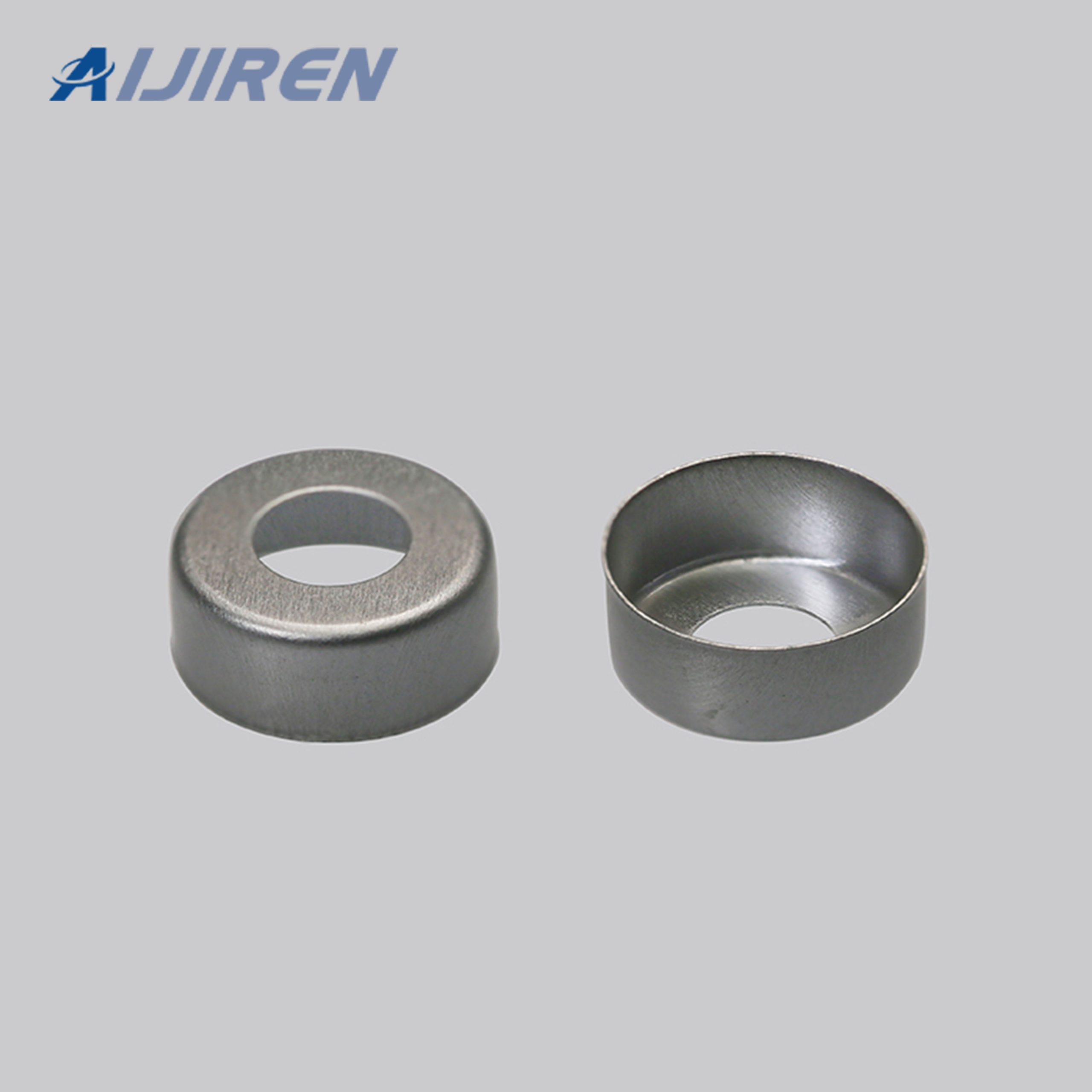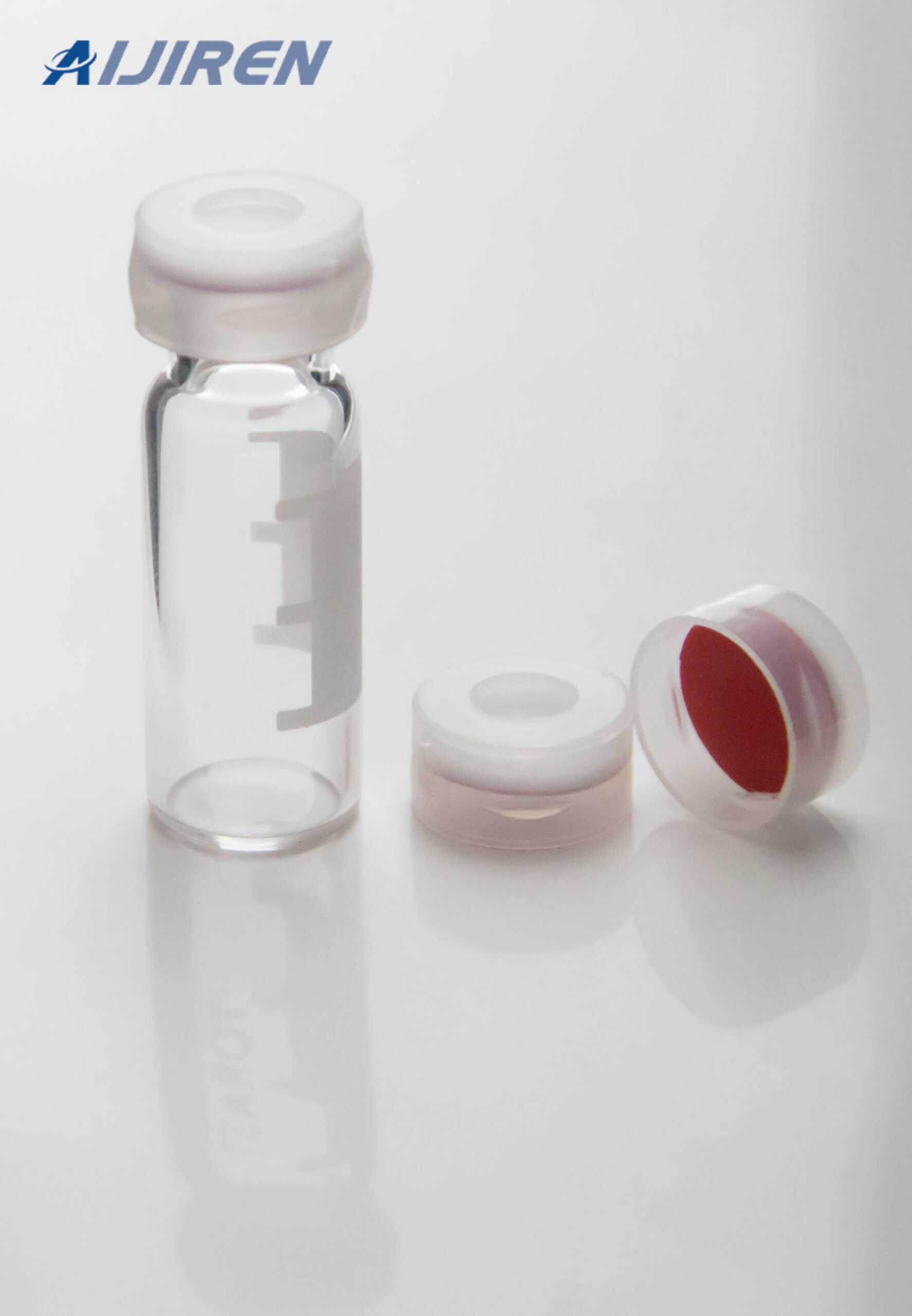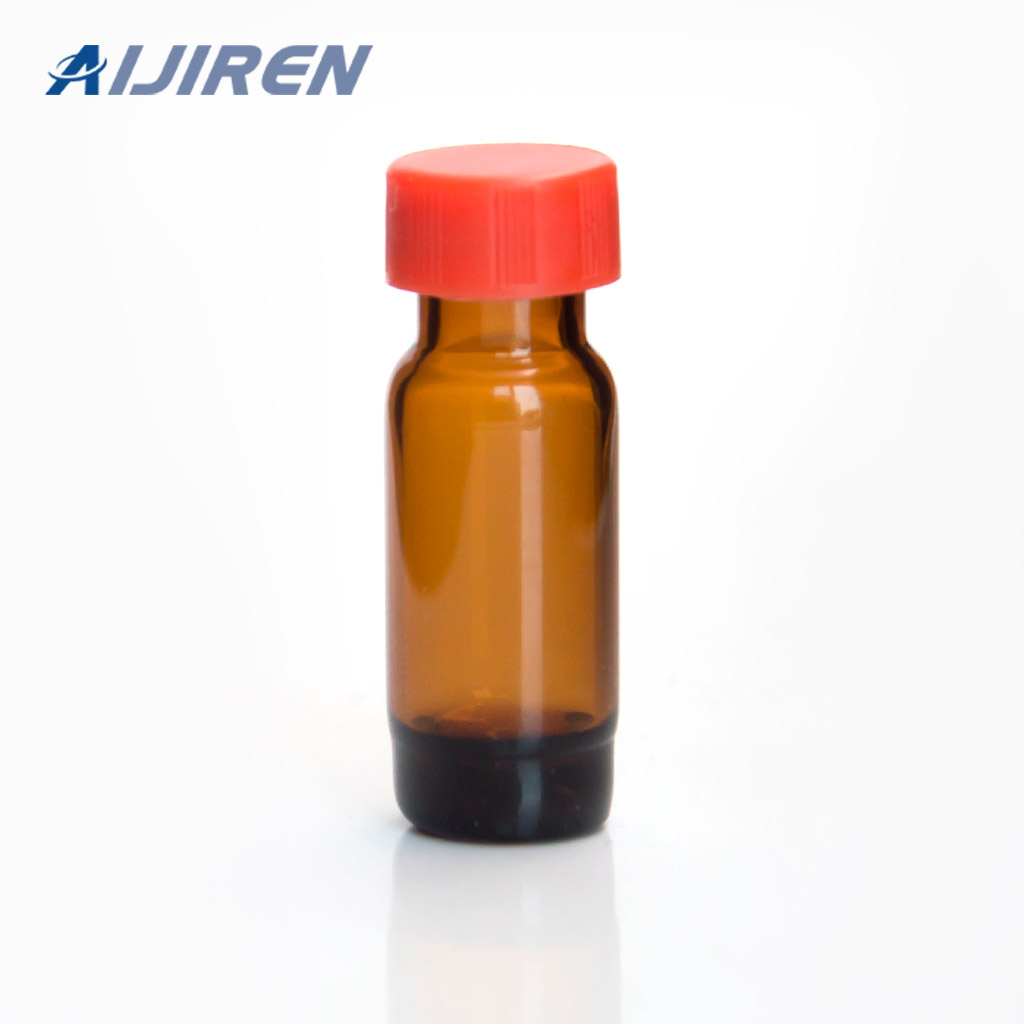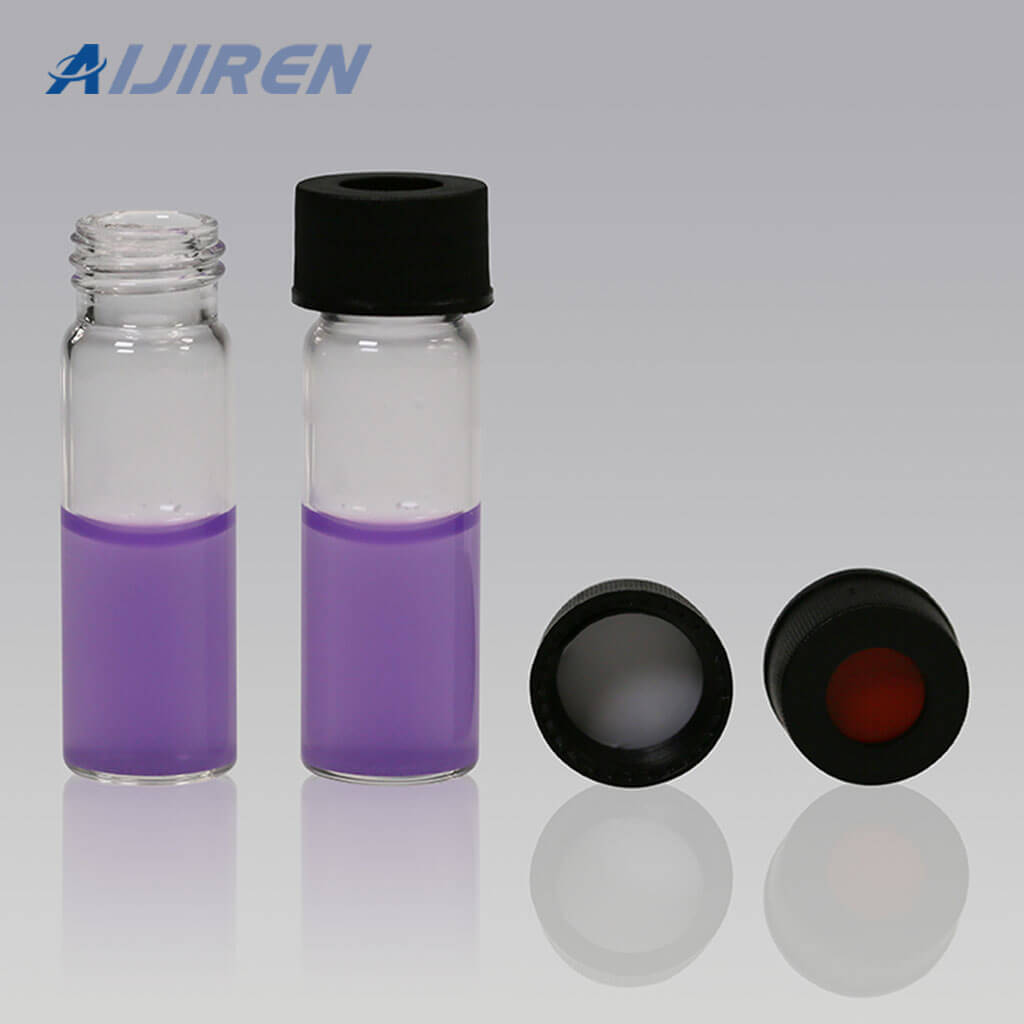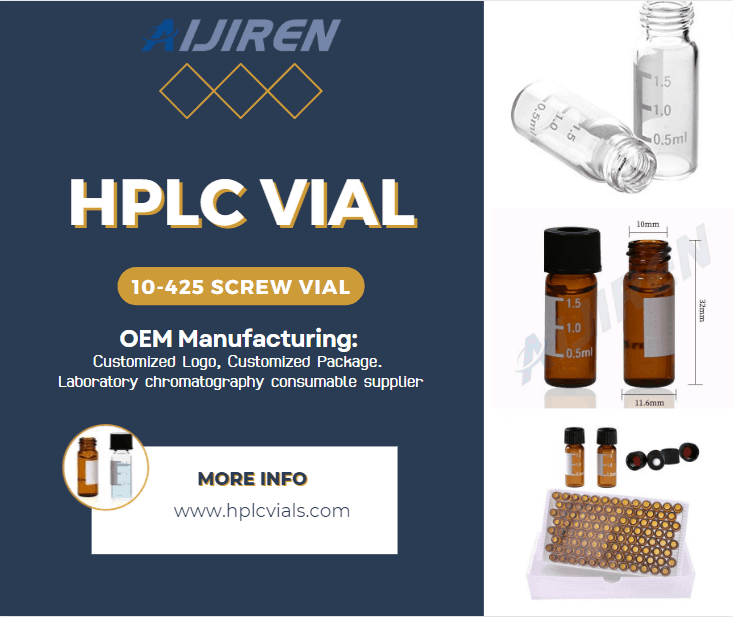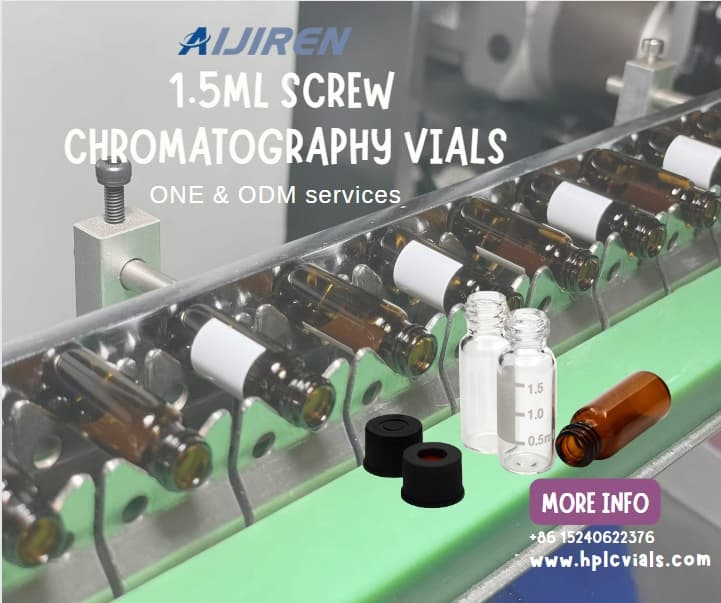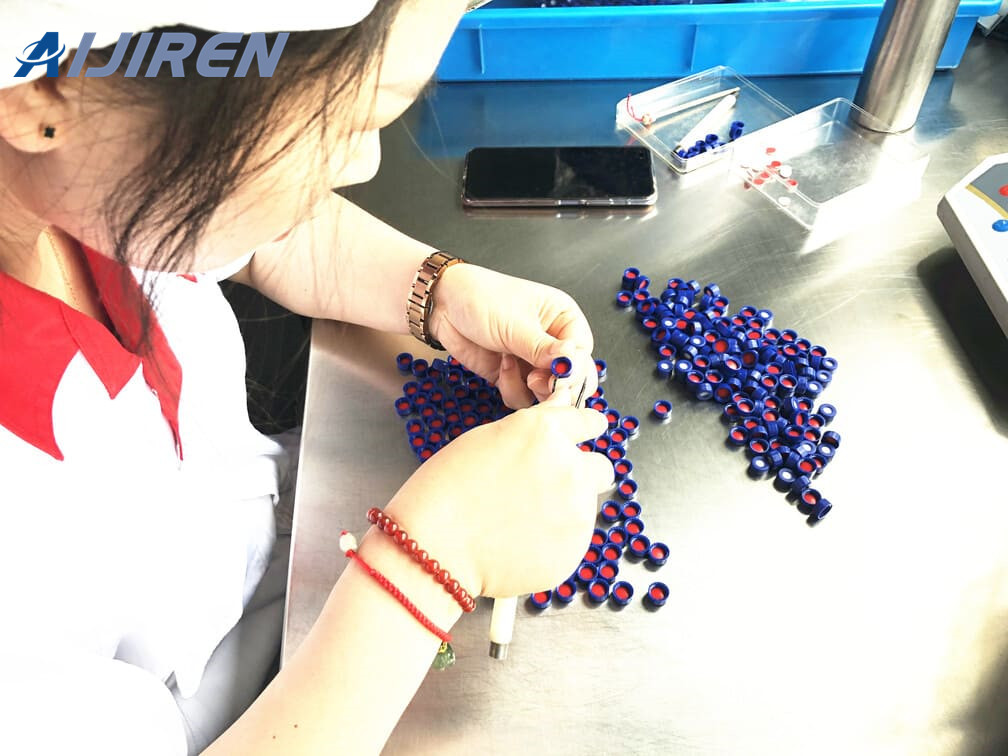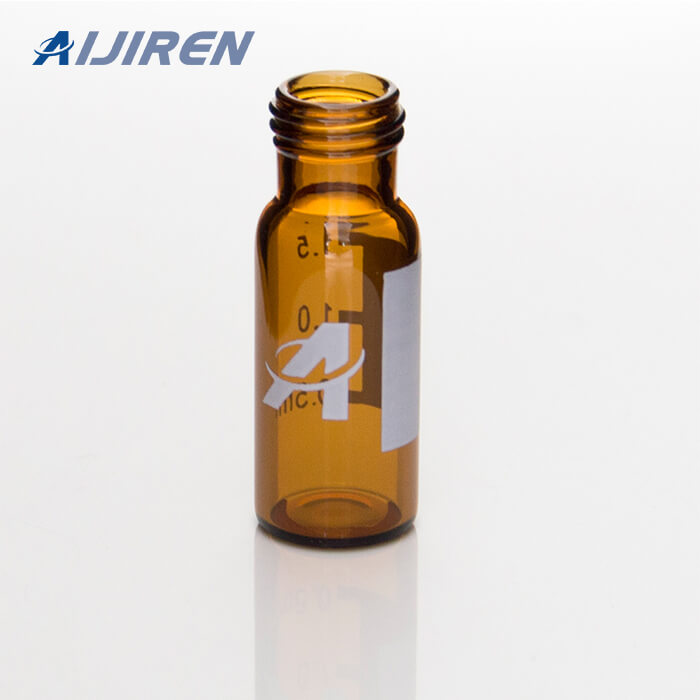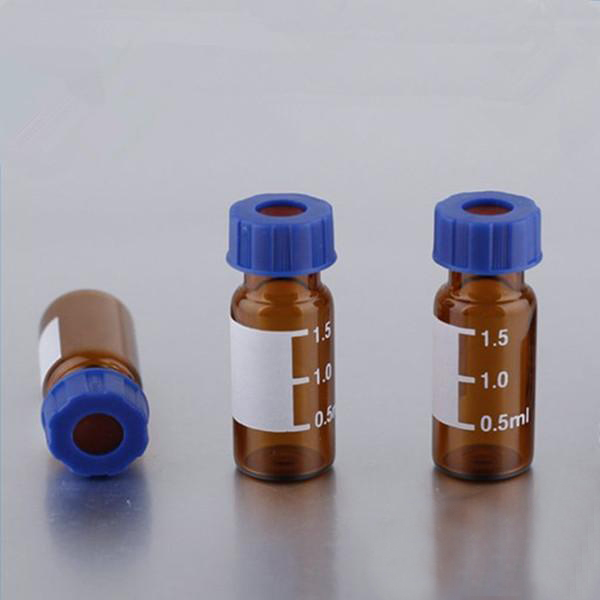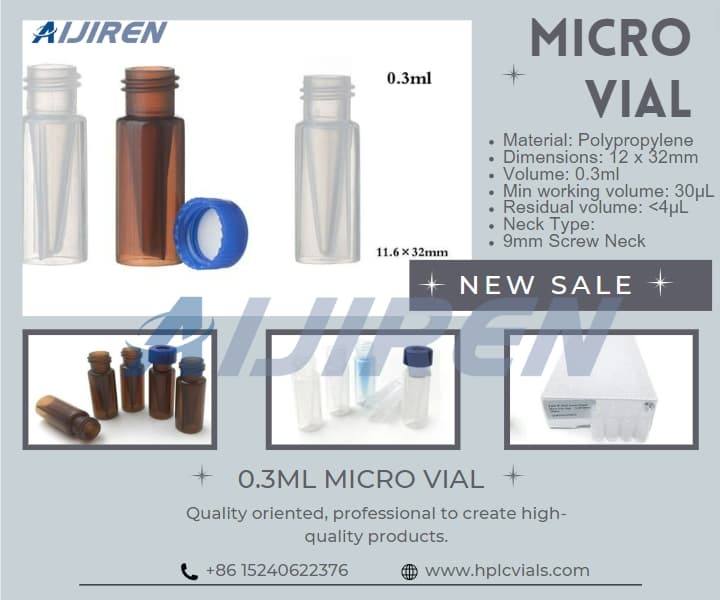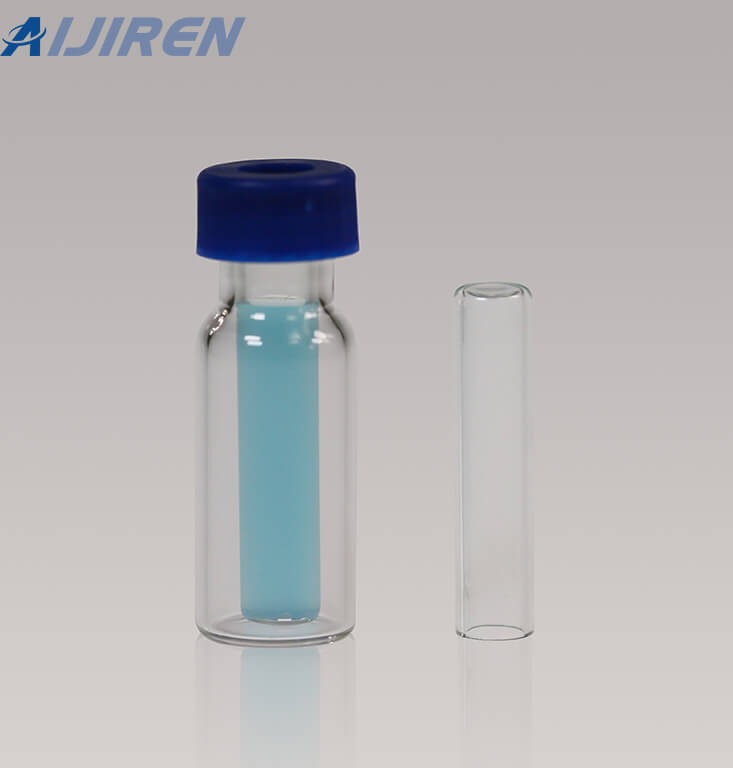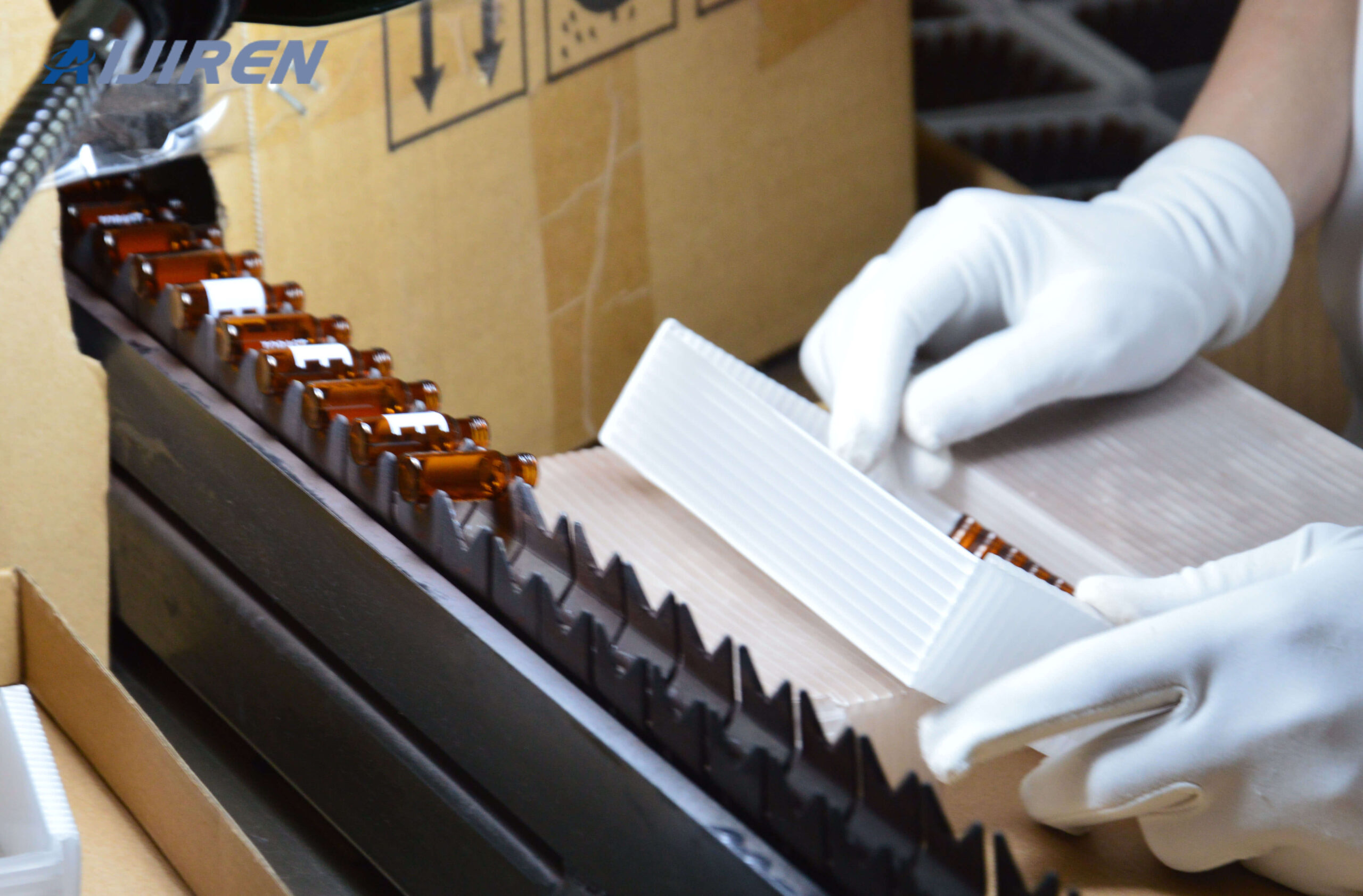HPLC Glass Vials for Laboratory Use
HPLC glass vials are not just simple containers; they are precision-engineered tools designed to meet the exacting requirements of modern chromatography. Their primary function is to hold and protect liquid samples before and during analysis. However, their role extends far beyond mere sample storage.
Contact US
Get Price
Share:
Content
Types of HPLC Glass Vials
HPLC glass vials come in various types, each designed for specific applications or preferences. Here are some common types:1. Screw Top Vials
Screw vials are popular due to their ease of use and secure sealing. They typically have a 9mm thread size and are available in clear or amber glass. The screw cap provides a reliable seal, making these vials suitable for volatile samples.2. Crimp Top Vials
Crimp top vials require a crimping tool to seal them, offering an even more secure closure than screw top vials. They are often preferred for applications involving highly volatile compounds or when sample security is paramount.3. Snap Top Vials
Snap top vials feature a cap that snaps onto the vial, providing a quick and easy sealing method. While not as secure as crimp or screw top vials, they offer convenience for applications where frequent sample access is required.4. Amber Glass Vials
Amber glass vials are designed to protect light-sensitive samples. The amber color filters out harmful UV and visible light, preserving sample integrity for photosensitive compounds.Key Features of High-Quality HPLC Glass Vials
When selecting HPLC glass vials, several features should be considered to ensure optimal performance:1. Material Quality
High-quality borosilicate glass is the gold standard for HPLC vials. This type of glass offers excellent chemical resistance, thermal stability, and low extractables.2. Dimensional Accuracy
Precise dimensions are crucial for compatibility with autosamplers and proper sealing. Look for vials manufactured to tight tolerances.3. Surface Treatment
Some vials undergo special surface treatments to reduce adsorption and improve inertness. Silanized vials, for example, offer superior performance for certain types of analytes.4. Cleanliness
Certified pre-cleaned vials are available to minimize the risk of contamination. These vials undergo rigorous cleaning processes and are often packaged in clean room environments.5. Closure System
The quality of the cap and septum is as important as the vial itself. Look for caps with inert liners and septa made from materials compatible with your samples and solvents.
Inquiry
More Autosampler vials

